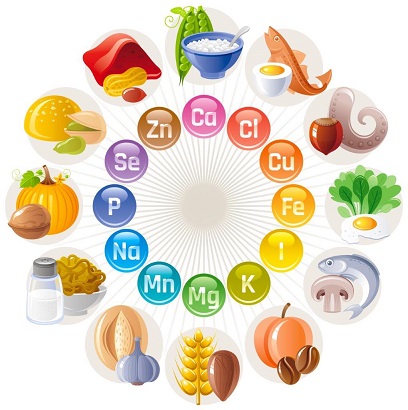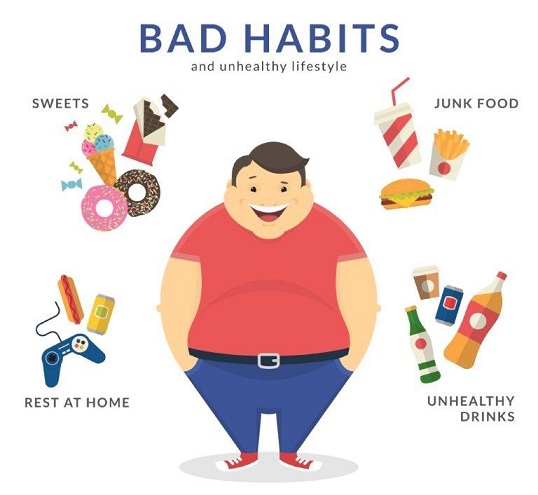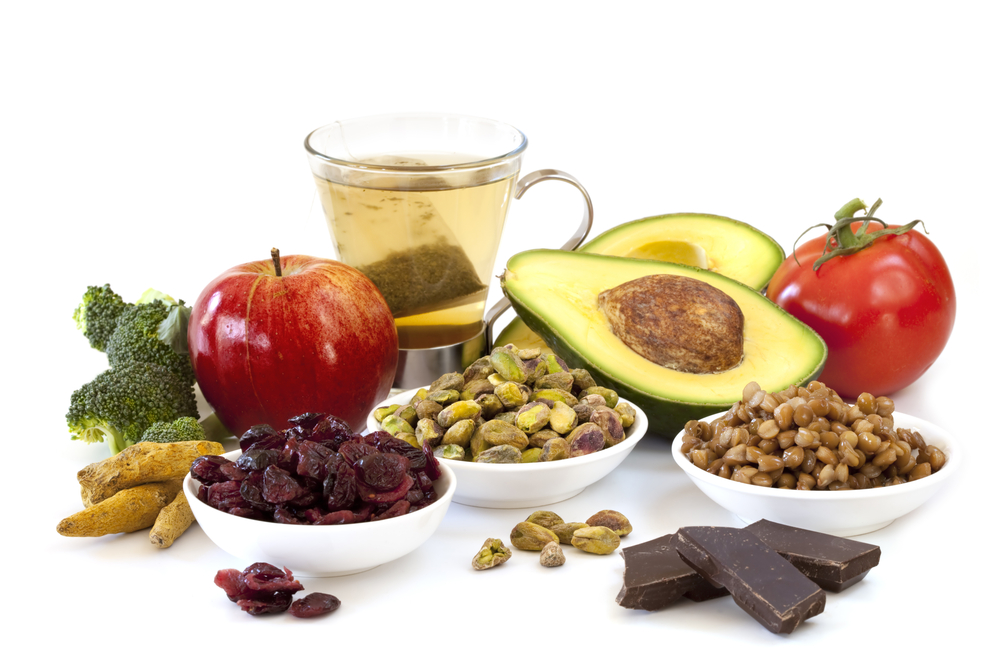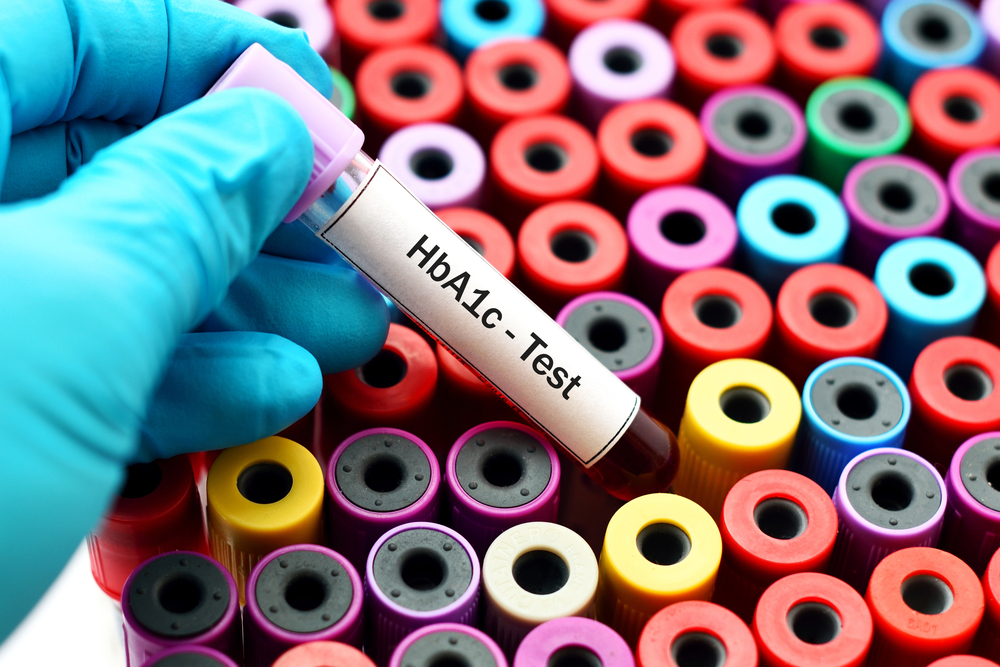Fatty Liver Disease and Diabetes: What is the Connection?

A recent study by the All India Institute of Medical Sciences (AIIMS) has highlighted a concerning trend: 38% of the population is grappling with non-alcoholic fatty liver disease (NAFLD). This silent yet progressive condition is often undiagnosed until it becomes severe. This statistic is relevant given the connection between fatty liver and diabetes, both of which are increasingly prevalent.
This blog post explores the connection between fatty liver and diabetes, how one can affect the management of the other, symptoms, and prevention methods.
What is a fatty liver?
Fatty liver disease, or non-alcoholic fatty liver disease (NAFLD), is caused by the accumulation of excess fat in liver cells. It is most commonly seen in individuals who are overweight or obese.
Fatty liver disease can progress to a more severe form known as non-alcoholic steatohepatitis (NASH), a condition where the liver becomes damaged and inflamed due to fat deposits. NASH can lead to serious complications, including cirrhosis and liver cancer, similar to damage caused by heavy alcohol use.
What is diabetes?
Diabetes is a chronic condition characterised by high levels of sugar in the blood. It happens when the pancreas is not able to produce sufficient amounts of insulin or the body cannot effectively use the insulin it produces.
What is the connection between fatty liver and diabetes?
The connection between a fatty liver and diabetes is a complex set of metabolic dysfunctions that can significantly impact an individual’s health. Some aspects of this connection include:
- Insulin Resistance
Both diabetes fatty liver disease and type 2 diabetes are associated with insulin resistance. This means the body’s cells do not respond effectively to insulin, leading to elevated blood sugar levels.
Over time, insulin resistance can cause an accumulation of fat in the liver, a defining characteristic of non-alcoholic fatty liver disease (NAFLD). Also, the presence of NAFLD can exacerbate insulin resistance, creating a feedback loop that can worsen both conditions.
- Obesity and Overweight
The prevalence of NAFLD is particularly high among individuals who are overweight or obese, which are also significant risk factors for the development of type 2 diabetes. The excess fat accumulates in fat tissue and the liver, contributing to a fatty liver with diabetes.
- High Blood Sugar
Elevated blood sugar levels that occur with diabetes can contribute to the severity of liver disease. Individuals with NAFLD who have higher average blood glucose levels are prone to serious liver conditions.
- Diet and Lifestyle
Both conditions are influenced by diet and lifestyle choices. A diet that is high in fructose, saturated fats, and overall calories can contribute to the development and progression of NAFLD and diabetes. Conversely, weight management through diet and exercise can be an effective strategy for controlling both conditions.
How does a fatty liver influence diabetes management?
The presence of a fatty liver can significantly complicate fatty liver disease diabetes management. Here are some factors that must be considered when managing diabetes with fatty liver:
- Medication Efficacy: The fat accumulation in the liver can affect how the body responds to diabetes medications, potentially requiring adjustments in dosing or medication types.
- Monitoring: Regular monitoring of liver enzymes and function tests can be crucial for those with both conditions to track the progression of liver disease.
- Liver-Safe Medications: It’s important to choose diabetes medications that are not harmful to the liver, as some drugs can exacerbate liver damage.
- Alcohol Intake: For those with diabetes and fatty liver, alcohol consumption should be minimised as it can increase liver fat and affect blood sugar levels.
How to Prevent Fatty Liver?
Preventing fatty liver disease is crucial, especially for those trying to manage diabetes, as the two conditions are closely linked. Here are some strategies and dietary considerations to help improve the efficiency of fatty liver disease diabetes management:
- Increase Fibre Intake: Consuming high-fibre foods like fruits, vegetables, whole grains, and legumes can help manage liver health and blood sugar levels.
- Healthy Fats: Incorporate unsaturated fats in avocados, olive oil, nuts, and fatty fish into the diet to prevent diabetes fatty liver.
- Lean Proteins: Opt for plant-based proteins or lean meats to reduce fat intake, which benefits those with fatty liver.
- Regular Exercise: One must try to do aerobic exercise for at least 30 minutes every day to help manage weight and liver health.
Apart from diet and lifestyle changes, fatty liver disease diabetes management should include frequent consultations with a medical professional and regular testing for early detection.
FAQs
1. Can diet improve fatty liver?
Yes, a healthy diet can improve NAFLD. A diabetes fatty liver diet should be rich in fruits, vegetables, healthy fats, lean proteins, and whole grains.
2. Is fatty liver disease reversible?
Yes, fatty liver disease is reversible in many cases with proper diet and exercise.
3. Can fatty liver lead to diabetes?
While a fatty liver does not directly cause diabetes, it is associated with insulin resistance, which can lead to type 2 diabetes.















